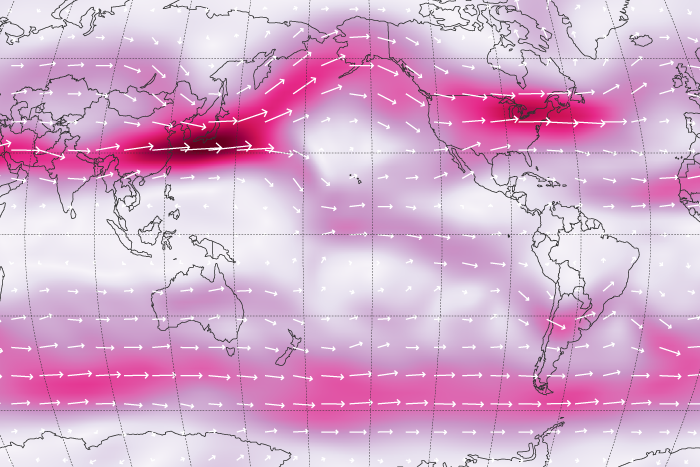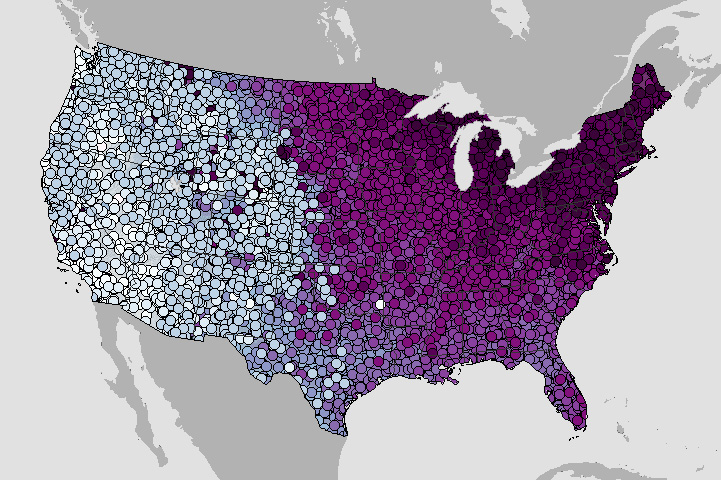Besides producing a tsunami, the Tonga eruption on January 15, 2022 gave scientists a real-world experiment, sending sulfur dioxide into Earth’s stratosphere. Now scientists have a chance to see what happens next, and to improve atmospheric models.

A high-level explainer of the jet stream. (Ha ha..."high-level"...get it?)
Second-highest in number and third-highest in costs, 2021 was another extreme year for weather and climate disasters in the United States.
Balancing the water needs between Alabama, Florida, and Georgia is often complex. To support the needs of stakeholders in the region, NOAA has released the Apalachicola, Chattahoochee, and Flint (ACF) River Basin drought and water dashboard.
Although research has been done on the impact of tropical cyclones on drought, the contribution of weaker tropical storms hasn't been studied as closely. A new study asks whether tropical storms can alleviate drought conditions.
The COVID-19 pandemic gave scientists an accidental experiment opportunity to monitor and understand the atmospheric response to emission reductions. An international research team combined observations and modeling to assess possible changes.
Scientists led by NOAA published an opinion piece in PNAS on geoengineering through marine cloud brightening (MCB). The piece proposes decarbonizing first, but beginning research on MCB, following six checkpoints.

Does your location usually experience its coldest day of the year in early, mid, or late winter? Find an answer with this map based on weather observations between 1991-2020.
Demand for actionable scientific information on adaptation and resilience is outpacing supply. Three federal climate science-to-action networks collaborate closely to make relevant scientific information and adaptive management strategies available.
